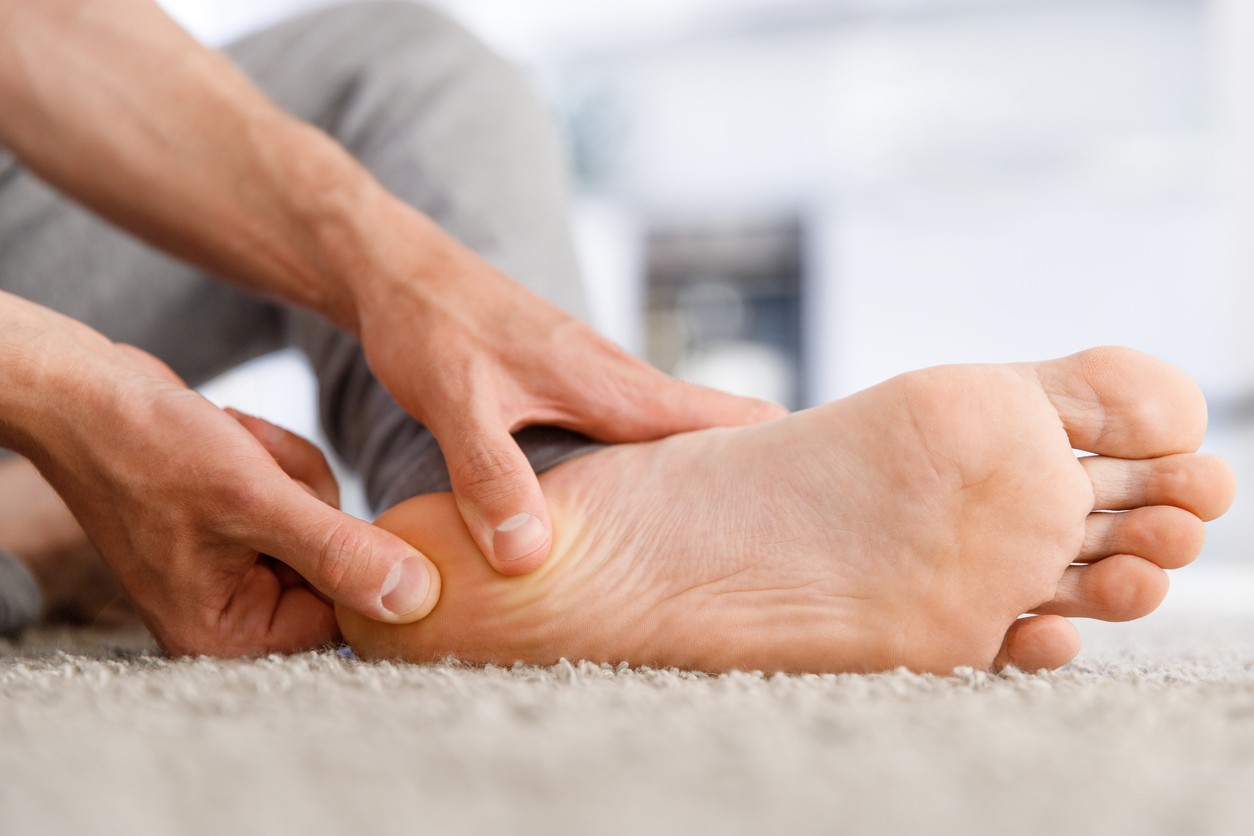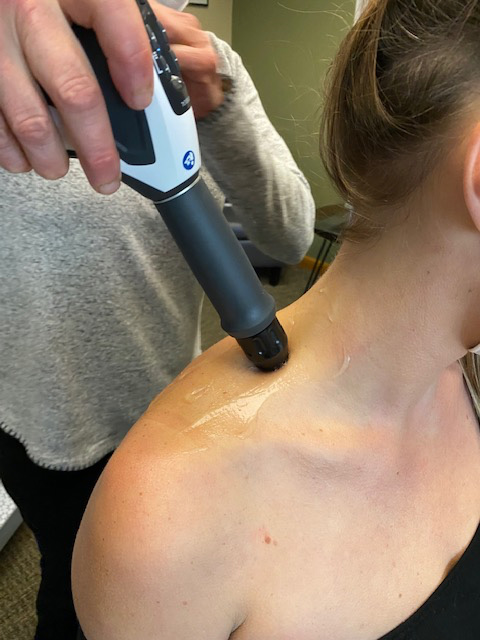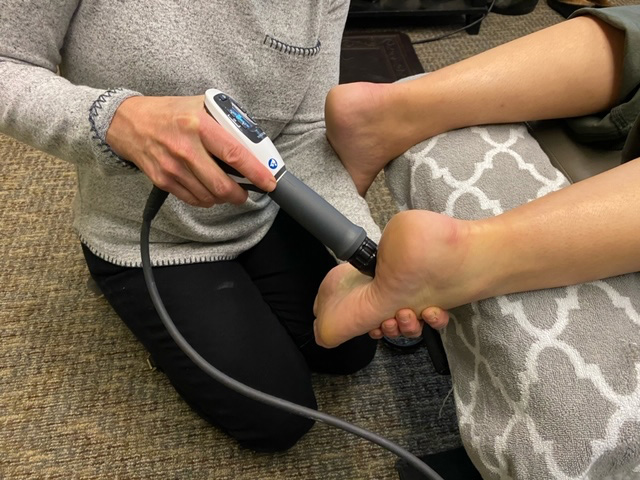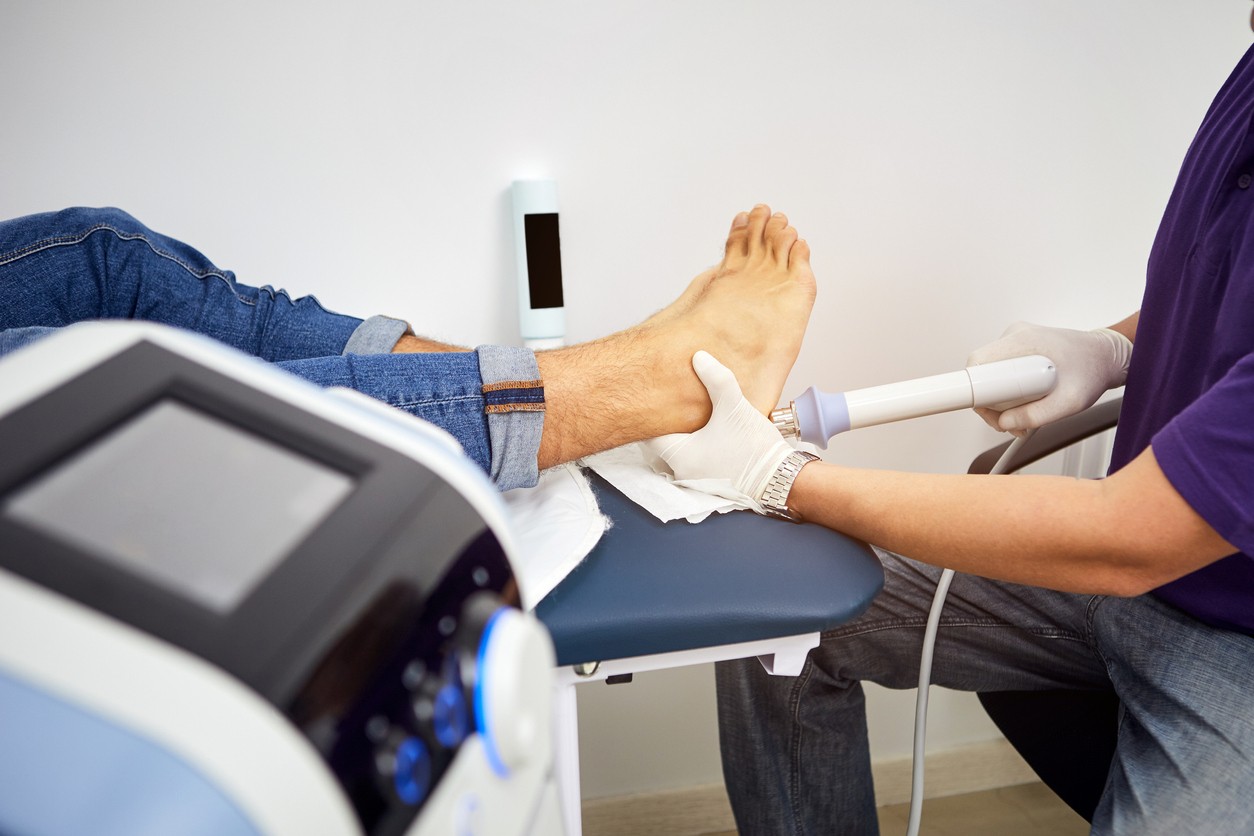Exploring the Uses, Benefits & Side Effects of Shockwave Therapy
In recent years, the uses, benefits, and side effects of extracorporeal shockwave therapy in chiropractic care have become a topic of interest for both professionals and patients. This innovative therapy offers promising results for various conditions and complaints. If you’ve been considering chiropractic treatment or simply curious about new therapeutic techniques, this guide will provide a comprehensive look at shockwave therapy.
We live in a world where modern medicine is continually evolving, offering us newer and often better solutions to our health concerns. Among these advancements, shockwave therapy stands out, especially within the realm of chiropractic care. Let’s dive deeper into understanding its myriad applications and implications.
What Exactly is Shockwave Therapy?
Shockwave therapy is a non-invasive treatment that uses high-energy sound waves to stimulate healing in specific parts of the body. When applied to injured tissue in musculoskeletal disorders, these waves promote increased blood flow, accelerated tissue repair and cell growth.
For many, the term “shockwave” may evoke images of electric shocks or intense jolts. However, rest assured, this conservative treatment is painless and safe. The “shock” in its name refers to the high velocity at which the waves travel, not an electrical shock.
Uses of Shockwave Therapy in Chiropractic

Tackling Chronic Pain and Injuries
One of the primary uses of shockwave therapy in chiropractic care is to address chronic pain and stubborn injuries. Conditions like plantar fasciitis, tennis elbow, shoulder tendinopathies, and even calcific shoulder tendinitis can benefit from this noninvasive treatment.
We’ve observed patients who had been grappling with pain for years finally finding pain relief and significant improvement after a few sessions of shockwave therapy. The acoustic waves penetrate deep into soft tissues, breaking down scar tissue and enhancing blood circulation, leading to quicker recovery and alleviation of pain. Here’s a detailed breakdown of the types of sports injuries and musculoskeletal conditions commonly treated with shockwave therapy:
1. Plantar Fasciitis: This painful condition affects the thick band of tissue (plantar fascia) that runs across the bottom of the foot, connecting the heel bone to the toes. Shockwave therapy helps alleviate the inflammation and pain associated with plantar fasciitis.
2. Calcific Shoulder Tendinitis: Patients with calcific tendinitis have calcium deposits within the tendons of the rotator cuff in the shoulder. Shockwave therapy aids in breaking down these deposits and stimulates the healing process.
3. Tennis Elbow (Lateral Epicondylitis): This condition is characterized by pain in the outer elbow, particularly when lifting objects. It’s a common ailment among tennis players, hence its name. Shockwave therapy aids in reducing inflammation and promoting healing.
4. Achilles Tendinopathy: The Achilles tendon, which connects the calf muscles to the heel bone, can become inflamed due to overuse or degeneration. Shockwave therapy can effectively treat the pain and inflammation associated with this achilles tendinopathy.
5. Jumper’s Knee (Patellar Tendinopathy): Common among athletes, particularly those involved in jumping sports like basketball or volleyball, this condition affects the tendon connecting the kneecap to the shinbone. Shockwave therapy assists in alleviating the pain and speeding up recovery.
6. Shin Splints: Typically experienced by runners, shin splints cause pain along the inner edge of the shinbone. Shockwave therapy aids in reducing inflammation and promotes healing of the affected area.
7. Stress Fractures: Often occurring in athletes, stress fractures are tiny cracks in the bone due to repetitive force or overuse. While rest is the primary treatment, shockwave therapy can stimulate the bone healing process.
8. Bone Spur Formation: These are bony projections that form along the edges of bones. They can cause discomfort and pain. Shockwave therapy can assist in reducing the associated pain and improving mobility.
9. Scar Tissue Breakdown: Accumulation of scar tissue after an injury can limit movement and cause discomfort. Shockwave therapy helps in breaking down the scar tissue, leading to enhanced mobility and reduced pain.
10. Non-union Fractures: These are fractures that fail to heal. Shockwave therapy can stimulate the bone’s natural healing process, promoting union.
11. Chronic Pain Syndromes: Conditions like myofascial pain syndrome, where pressure on trigger points causes pain in unrelated parts of the body, can be treated effectively with shockwave therapy.
It’s essential to note that while shockwave therapy offers promising results for these conditions, it’s not a magic cure-all. A combination of treatments, including physical therapy, exercise, and sometimes medications, might be necessary for complete recovery. As always, consulting with healthcare professionals to discuss symptoms and get a proper diagnosis is crucial.
Enhancing Mobility and Flexibility
Another commendable use of this therapy in chiropractic care is to enhance mobility and flexibility. As we age or due to certain medical conditions, our joints and muscles may not be as pliant as they once were.
By targeting these areas with shockwave therapy, we can stimulate collagen production and reverse some of the stiffness associated with aging or injury. For many of our patients, this means a return to activities they love, be it dancing, sports, or simple daily routines, without discomfort.
Benefits of Integrating Shockwave Therapy

Speedy Recovery Times
One of the standout benefits of shockwave therapy in chiropractic care is the swift recovery times. Traditional methods might require extended periods of rest, but with shockwave treatment, the healing process is accelerated.
Moreover, because it’s a non-invasive procedure, patients don’t need to worry about post-operative complications or prolonged downtime. Many find themselves resuming daily activities shortly after treatment, a boon especially for athletes and active individuals.
Decreased Need for Medications
Often, with chronic pain or injuries, patients find themselves relying heavily on pain medications or corticosteroid injections. However, with the effective results seen from shockwave therapy, many can reduce or even eliminate their dependency on these drugs.
By addressing the root cause of pain and promoting natural healing, we are able to offer patients a healthier, more sustainable path to wellness, free from the potential side effects of long-term medication use.
Are There Any Side Effects to Consider?

As with most treatment protocols, it’s essential to be aware of potential adverse effects. While shockwave therapy in chiropractic care is generally safe, some patients might experience minor discomfort during the procedure. This is often described as a tingling or prickling sensation.
Post-treatment, some might notice redness or swelling in the affected area. However, these symptoms are typically short-lived and fade within a day or two. It’s always important to discuss any concerns with your chiropractor to ensure you’re making informed decisions about your health.
Shockwave Therapy in Chiropractic Care FAQs:
- How many sessions of shockwave therapy will I need in chiropractic care? Typically, the number of sessions required depends on the severity of the condition. Some might find relief after just one or two treatments, while others may need a series of sessions to achieve better results. Discussing your specific needs with your chiropractor is essential for a tailored approach.
- Are the uses, benefits, and side effects of shockwave therapy in chiropractic care suitable for everyone? While many individuals can benefit from this treatment, it might not be suitable for everyone. Those with certain medical conditions or pregnant women should consult their healthcare provider before undergoing shockwave therapy.
- Is shockwave therapy painful? Most patients describe the sensation during shockwave therapy as mild discomfort or a tingling feeling. The intensity can be adjusted based on the patient’s comfort level, ensuring a positive experience.
- How soon can I see results after the therapy? Many individuals report feeling immediate relief after a session. However, the long-term benefits, like increased mobility and decreased pain, become more evident after a few treatments.
- Do I need a referral to undergo shockwave therapy in chiropractic care? While a referral isn’t always necessary, it’s a good idea to consult with your primary healthcare provider or chiropractor to determine if shockwave therapy is right for you. They can provide guidance based on your specific health profile.

